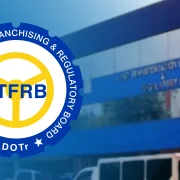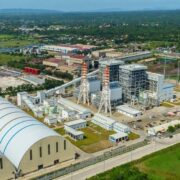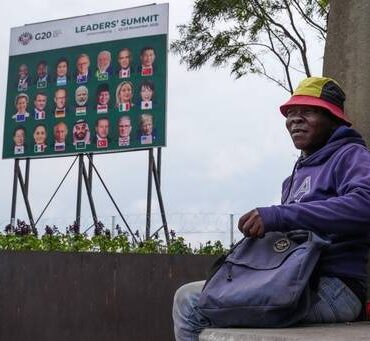Cebu, climate change, and the perils of corruption

More than a decade ago, my electrical engineering class of 2011 at the Technological University of the Philippines Taguig had our plant visit to Cebu as part of the curriculum. I still remember how thrilled I was at the idea of riding a plane for the first time, spending time with my classmates and friends, and savoring the province’s beauty, grace, and mystery while integrating ourselves with the industry.
We stayed in the province for three days and two nights. The tour included a visit to an internationally recognized battery company, an environmental friendly property powered entirely with solar power and a day-long trip to a National Grid Corporation of the Philippines facility. I enjoyed Cebuano food, but the people? They were as vibrant as the sun.
But that stark picture of the Queen City of the South changed overnight with Typhoon “Tino’s” recent onslaught.
As of this writing, the casualty count has surged to 114, while 127 people remain missing. Photos of the destruction fill social media: dirt-tainted piles of cars in the streets, dead bodies on the sidewalk, houses reduced to flash flood debris, and endless, delirious calls for help by my fellow Filipinos in the south. The whole situation has been disheartening.
One can always point to climate change why it happened. Based on the 2025 World Risk Index, the Philippines is the most vulnerable country to natural disasters, ranking as the most disaster-prone country in the world. Key factors include high exposure to natural disasters like typhoons, earthquakes, and volcanic eruptions, as well as vulnerability due to its fragmented geography and large coastal populations.
According to the weather bureau, the rainfall in Cebu surpassed a 20-year return period, which translates to a 5-percent chance of extreme rainfall or worse happening in any given year. But the impact could have been mitigated had the budget allotted for flood control projects been fully implemented with integrity?
Pamela Silagan Baricuatro, the governor of Cebu Province, indicated that there’s corruption in the flood control projects amounting to billions of pesos. Meanwhile, former Cebu Gov. Gwendolyn Garcia indicated that the Department of Public Works and Highway’s shortcomings in implementation contributed to the fiasco.
We have seen this movie before. Calamity happens. People die. Government officials blame each other. Isn’t it tiring?
Our people must realize that corruption kills. When funds do not go to their proper destination to improve people’s lives but to the elite, soulless pockets, someday, somehow, they will be affected and inflicted with a catastrophe unimaginable to the human condition. It’s evident that during calamities, the most vulnerable sector is the poor. Our electorate must remember the names of officials who didn’t push for what’s best for them. We must push the government to do better and implement institutional changes to protect our forests, waterways, and observe a holistic technology and data-based approach for mitigation similar to what Singapore and Japan have.
It’s inevitable, the Philippines will face another typhoon, calamity, or super typhoon. The time to wake up from the cloud of corruption is today—before it’s too late.
Benre J. Zenarosa,
zenarosabenre@gmail.com

















Strengthening PH disaster mental health system